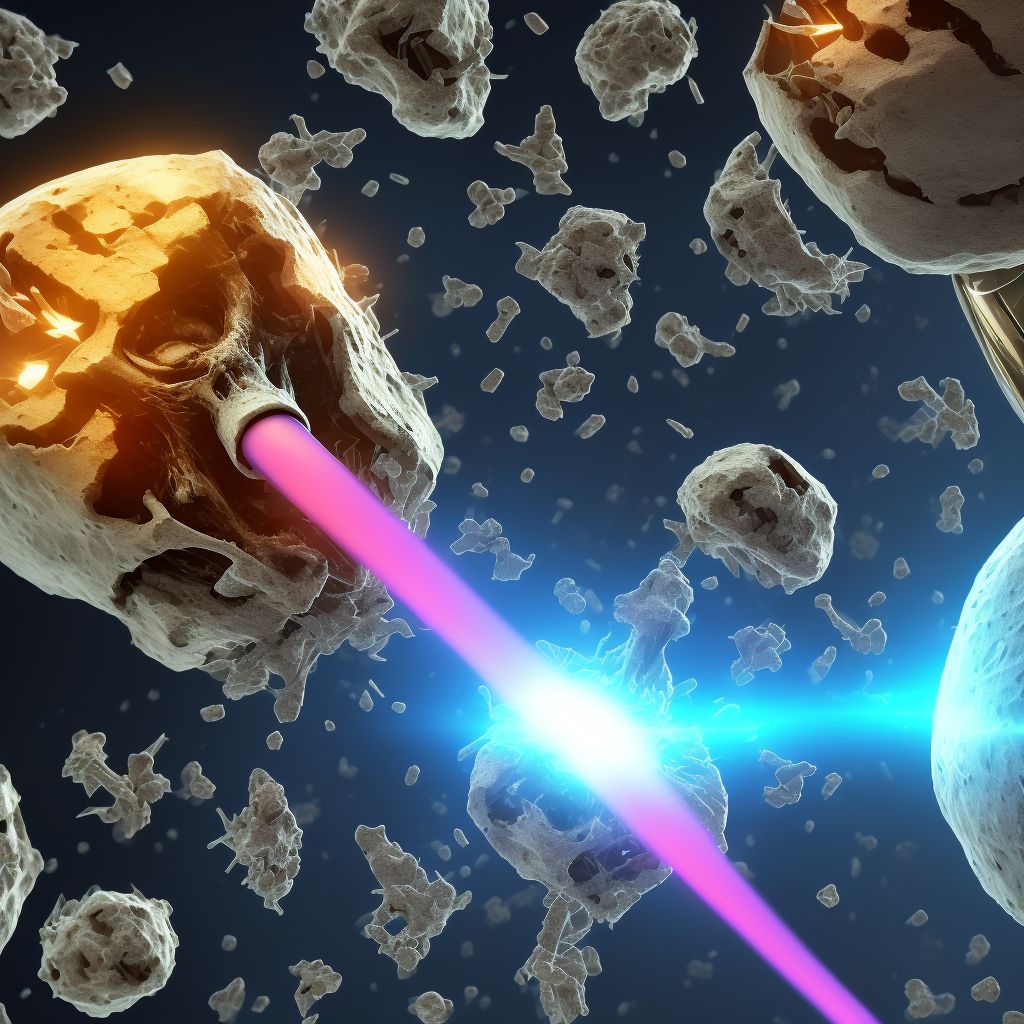
Nondisplaced oblique fracture of shaft of unspecified tibia, subsequent encounter for open fracture type I or II with delayed healing Save
ICD-10 code: S82.236H
Disease category: S82.236: Nondisplaced oblique fracture of shaft of unspecified tibia
Nondisplaced Oblique Fracture of Shaft of Unspecified Tibia: Understanding Open Fracture Types and Delayed Healing
A nondisplaced oblique fracture of the shaft of the unspecified tibia can be a concerning condition, especially when it is accompanied by delayed healing. In this article, we will explore the types of open fractures and their subsequent encounters, without discussing treatment options.
Open fractures, also known as compound fractures, occur when the broken bone protrudes through the skin. They are classified into three types: type I, type II, and type III. Type I open fractures involve a clean wound less than 1 centimeter long, with minimal soft tissue damage. Type II fractures have a larger wound, more extensive soft tissue damage, and moderate contamination. Lastly, type III fractures have severe soft tissue damage, extensive contamination, and may involve arterial injury.
When a nondisplaced oblique fracture of the tibia occurs, subsequent encounters refer to follow-up appointments or visits related to the initial fracture. These encounters are typically focused on monitoring the healing progress, managing any complications, and ensuring the best possible recovery for the patient.
Delayed healing is a common concern with fractures, especially in cases of open fractures. It refers to a fracture that takes longer than expected to heal. Factors that can contribute to delayed healing include the severity of the fracture, infection, poor blood supply, inadequate immobilization, and patient-related factors such as age and overall health.
Understanding the specific type of open fracture and the subsequent encounter for delayed healing is crucial for healthcare professionals to provide appropriate care. By closely monitoring the healing progress, identifying any complications, and implementing necessary interventions, healthcare providers can help patients achieve optimal recovery.
- Nondisplaced oblique fracture of the shaft of unspecified tibia
- Open fracture type I or II
- Delayed healing
In conclusion, a nondisplaced oblique fracture of the shaft of the unspecified tibia, subsequent encounter for open fracture type I or II with delayed healing, requires careful management and monitoring. By understanding the different types of open fractures and the factors contributing to delayed healing, healthcare professionals can ensure the best possible outcomes for their patients.
Treatment of Nondisplaced oblique fracture of shaft of unspecified tibia, subsequent encounter for open fracture type I or II with delayed healing:
Treatment Options for Nondisplaced Oblique Fracture of Shaft of Unspecified Tibia
A nondisplaced oblique fracture of the shaft of an unspecified tibia can be a challenging injury that requires specialized treatment. In cases where the fracture has not shifted or moved out of alignment, non-surgical treatment options may be considered. Let's explore some of these treatment options:<...
To see full information about treatment please Sign up or Log in